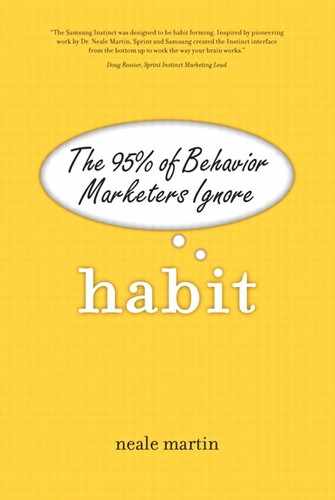The Swiffer: Designed to Clean Up
In 1999, P&G introduced the Swiffer line of cleaners, creating a new product category that became one of the company’s most successful launches of all time. But the inspiration for the Swiffer came five years before, when a group of designers took on the grimy job of watching people clean their floors.
Harry West came to the dirty floors of America via Cambridge University and MIT. The former professor with a Ph.D. in Robotics managed the team from Design Continuum, whose assignment was to help P&G replace the mop.
West explained that the key insights into the Swiffer’s eventual design came from watching people get ready to clean their floors. “They were in old jeans and rubber gloves. This was clearly a dirty job.” Because the designers observed actual consumers, they came away with the essence of an idea that they could not have gleaned from reading a research report.
“From the fall of 1994 to the spring of 1995, we went into people’s homes and watched them clean their floors,” West recalled. “There were teams from Continuum, P&G, and the advertising company going into people’s homes for an hour. We talked with the homeowners, but not necessarily about floor cleaning. Mostly we watched.”
From this experience, two things stood out. “The solution had to be quicker and cleaner for the floor, and it had to be quicker and cleaner for the consumer.” When we got back to our offices in Boston, we intuitively came up with the solution—a diaper wipe on a stick.
“We spent a lot of time justifying why we thought this was such a good idea, but we knew we were on to something. We spent hours watching video we had taken of people cleaning their floors,” West recalled. “If you just came here from Mars and had no reference point for what these people were doing, you wouldn’t know if they were cleaning their floors or cleaning their mops. They spent equal time on both tasks.”
In discussing the difficulty of uncovering habitual behavior in the design process, West stressed that Continuum prioritizes designers observing people in natural environments. “Let me set up the typical straw man approach. Market researchers are given an assignment, and they go about setting up their research approach. They collect data, both qualitative and quantitative. They document what they see in notes, charts, and graphs. They want to be smart about it, but they aren’t designers. They are capturing only a tiny fraction of the information. And by codifying what they see, they are being very left-brain. Then they hand off their reports to the creative team, which has access to only a tiny fraction of information that the research team has.”
West contrasts this approach with the process at Continuum. “Part of the reason we are successful is because we bridge the gap from consumer insight to either a product or a vision. By having the designers observing actual users, we capture the essence of a solution or a product.”
I asked West how the essence of their idea for the Swiffer survived the product development process. He gave significant credit to Craig Wynett, who put the original teams together. “The assignment was based on the simple idea that there has to be a better way to clean the floor. By bringing in the ad agency and the people from P&G’s hard-surface cleaning group, we were able to communicate much more effectively. They had seen what we had seen, so they could understand where we were coming from.”
But Swiffer owes much of its success to another important insight from the Continuum team. For the folks at P&G to believe in the idea of a diaper wipe on a stick, they needed to see it. “In the spring of 1995, to communicate the idea, we made one.” West went on to explain, “There was tremendous value in the prototype. I went back to P&G eight years later to do a presentation, and they still had the original one I brought to them that spring.”
When P&G’s product developers began the hard work toward commercialization, the prototype kept the essence of the idea front and center. West pointed out that having the ad agency involved provided the same benefit. The original ad company created prototype ads that preserved the marketing message as well. “Prototypes communicate so much more than a specification,” West said.
When I asked him if he was happy with the result, West said he was delighted. He laughed and added another indicator of the power of the prototype. “There were some things we just threw into the prototype to make it work that ended up in the final product.”
